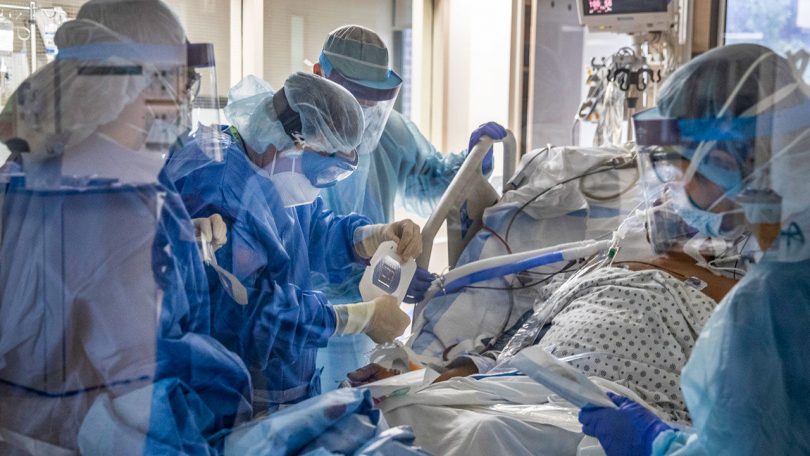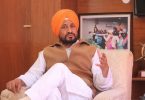India’s first Covid-19 case — a China-returned medical student from Thrissur — was detected in Kerala exactly two years ago on January 30, 2020, but even after two years, the state is still grappling with high virus caseload.
In the midst of a third wave, it remains the highest contributor for almost a month and in death rate it is second to Maharashtra. With just 2.8 per cent of India’s population, it reported 14.3 per cent of total cases and 10.6 per cent of deaths, showing the intensity of the pandemic in the state.
Once lauded for its Covid control measures, Kerala later turned a pandemic hub and big disparity in death rate puts holes in its tall claims. Among 53,000-odd Covid deaths, more than 20,000 were added from the unaccounted list and 15,000 are still pending to be declared Covid-deaths, statistics show. The state now finds refuge in the union health ministry guidelines to justify the huge disparity.
But there is some silver lining also — a comparison with second and third waves shows ICU and ventilator use dropped by 80 per cent. Experts say though new variant Omicron spreads fast, its severity is much reduced. They attribute it to improved immunity through vaccination, immunity through infection and booster doses to people with co-morbidity. In Kelala, 100 per cent got first dose of vaccine and more than 85 per cent got both jabs.
State health minister Veena George said the state is witnessing peak of third wave and cases will flatten in three weeks. “In the first week of January infection rate was 45 per cent, 148 per cent in second week and in third week it rose to 215 per cent. Now infection rate is about 58 per cent,” she said, adding in three weeks cases will come down drastically. She said effective intervention helped contain death rate to an extent and high-power committee on pandemic will meet on Monday to review the situation.
But opposition Congress criticised the government, saying other than lengthy statements nothing is happening on the ground. “The government is telling infected not to go to hospitals and many are suffering in their homes. The state is headless now as the CM is in the UAE. He should cut short his visit and rush to the state in view of high caseload,” said senior leader Ramesh Chennithala.
Experts said it is too early to lower guard. “We are in the midst of pandemic and our main thrust should be curtailing infection and saving lives. Nobody has any idea when the pandemic will turn endemic. The need of the hour is to ensure Covid-appropriate behaviour,” said public health expert Dr Padmanabha Shenoy.
“Omicron variant is less severe because it doesn’t affect lungs and cause pneumonia. And it spreads at a time when people have built a strong immunity,” said internal medicine expert Dr N M Arun adding despite it is hyper-mutant and hyper transmissible it seems less severe.
But what worries health experts is that in the state with high population density (859 people per sq km) and a large number of elderly population (at least 15% are above 60 years of age), Covid after-effects will be alarming. A study conducted by CADI (Coronary Artery Disease among Indian Asians) showed that Kerala’s diabetes prevalence is 20% against the national average of 8%. Prevalence of high blood pressure is 30-36 per cent in the state compared to 21-30 per cent nationally, shows the study.







